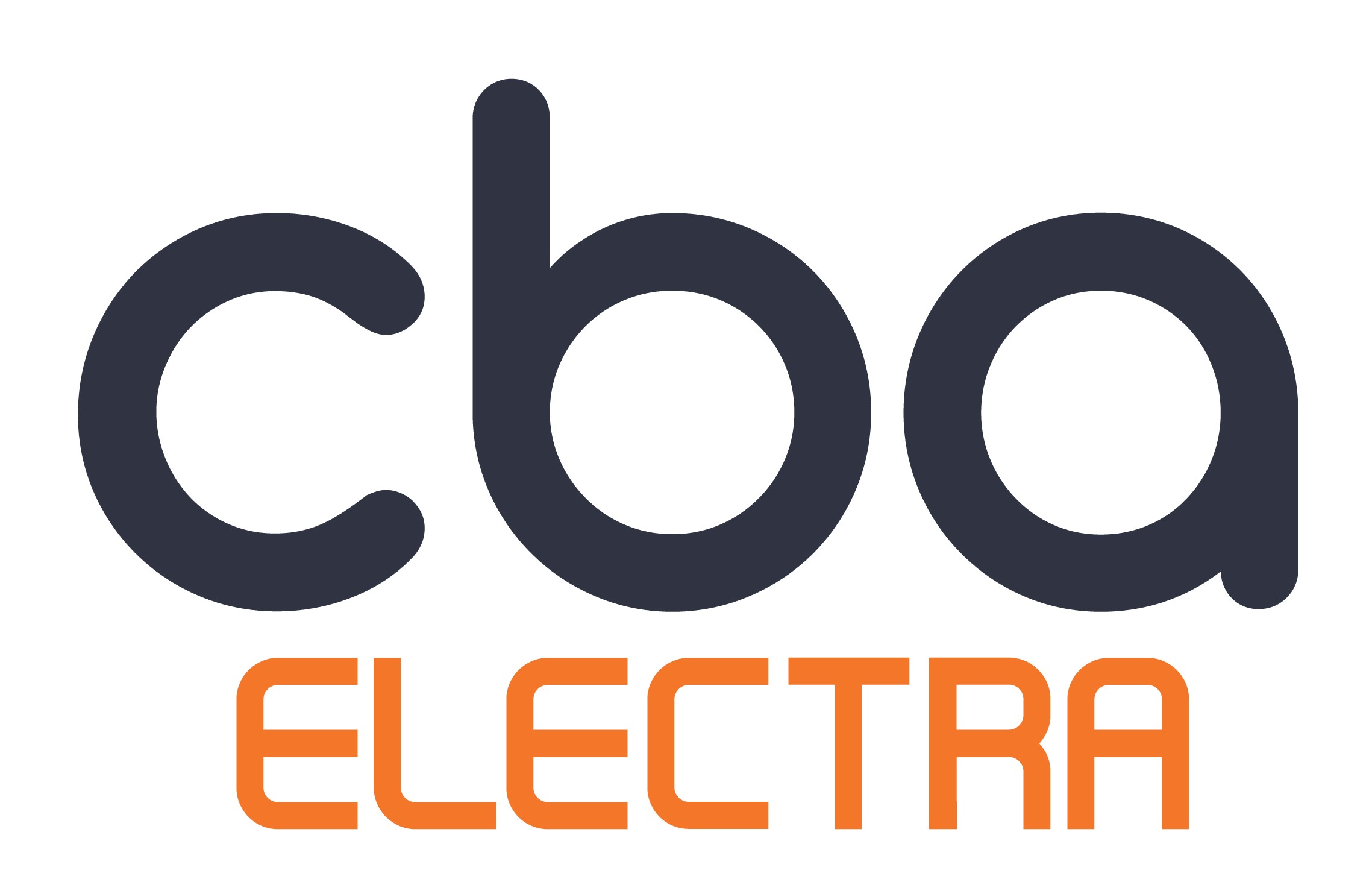Everything You Need to Know About Test and Tag: A Comprehensive Guide
What Is Test and Tag?
Test and Tag refers to the process of inspecting and testing electrical equipment to ensure it is safe for use. This process involves both visual inspection and electrical testing of devices to ensure they meet safety standards. This is a crucial safety measure, especially in environments where electrical equipment is used frequently.
Understanding the Test and Tag Process
- Visual Inspection:
- Check for any visible signs of damage to the electrical equipment, such as frayed cords or broken plugs.
- Inspect the device for any missing or damaged parts.
- Electrical Testing:
- Use specialised equipment to test the electrical safety of the device.
- Measure insulation resistance, earth continuity, and other critical parameters.
- Tagging:
- Once testing is complete, a tag is attached to the equipment. This tag includes the date of the test, the name of the technician, and the next due date for testing.
Is Test and Tag Mandatory?
In Australia, the requirement for test and tag varies depending on the type of equipment and its use. Here’s a breakdown of when it’s mandatory:
Workplace Safety Regulations
- Work Health and Safety (WHS) Regulations:
- Under WHS regulations, employers are required to ensure the safety of their workplace, including the electrical safety of equipment.
- This often involves implementing a test and tag regime to prevent electrical hazards.
- Industry-Specific Requirements:
- Certain industries, such as construction or healthcare, may have stricter requirements for electrical safety.
- Regular test and tag may be mandated to comply with industry standards.
Insurance and Legal Considerations
- Insurance Policies:
- Many insurance policies require regular test and tag as a condition for coverage.
- Failure to comply can lead to issues with claims and coverage.
- Legal Compliance:
- Not adhering to test and tag requirements can result in legal consequences, including fines and penalties.
- Compliance demonstrates a commitment to safety and reduces the risk of accidents.
What Is AS/NZS 3760:2022?
AS/NZS 3760:2022 is the Australian and New Zealand Standard for the testing and tagging of electrical equipment and appliances. It outlines the requirements and procedures for conducting electrical safety checks and is an essential reference for businesses and safety professionals.
Key Features of AS/NZS 3760:2022
- Scope and Application:
- This standard applies to the testing and tagging of electrical equipment in a variety of settings, including workplaces and public areas.
- It covers requirements for both portable and fixed equipment.
- Testing Procedures:
- Detailed guidelines on how to conduct visual inspections and electrical testing.
- Specifies the types of tests required, including insulation resistance and earth continuity.
- Tagging Requirements:
- Guidelines on the information that should be included on a test and tag label.
- Emphasises the importance of clear, legible tags to ensure compliance and safety.
- Frequency of Testing:
- Provides recommendations on how often equipment should be tested based on its type and usage.
- Encourages regular reviews and updates to testing schedules.
Why AS/NZS 3760:2022 Matters
- Safety Assurance:
- Ensures that electrical equipment is tested to meet high safety standards.
- Helps prevent electrical accidents and reduce the risk of electrical fires.
- Regulatory Compliance:
- Aligns with legal and industry requirements for electrical safety.
- Supports businesses in meeting their compliance obligations.
- Quality Control:
- Promotes consistency and reliability in test and tag procedures.
- Provides a benchmark for quality and safety in electrical testing.
Benefits of Regular Test and Tag Services
- Enhanced Safety:
- Regular test and tag ensures that all electrical equipment is functioning safely and efficiently.
- Reduces the risk of electrical accidents, injuries, and fires.
- Compliance with Regulations:
- Helps businesses adhere to safety regulations and standards, avoiding legal issues.
- Provides documentation and evidence of compliance for audits and inspections.
- Cost Savings:
- Identifies and addresses issues before they become major problems, saving on costly repairs and replacements.
- Minimises downtime by ensuring equipment is always in good working condition.
- Peace of Mind:
- Provides assurance that all electrical equipment is safe for use.
- Builds trust with employees, customers, and stakeholders by demonstrating a commitment to safety.
How to Choose a Test and Tag Service in Sydney
- Experience and Qualifications:
- Look for a service provider with experience in test and tag and relevant qualifications.
- Ensure they are familiar with AS/NZS 3760:2022 and other industry standards.
- Reputation and Reviews:
- Check customer reviews and testimonials to gauge the quality of service.
- Consider providers with a strong reputation for reliability and professionalism.
- Service Offerings:
- Ensure the provider offers comprehensive services, including both testing and tagging.
- Verify that they can accommodate your specific needs and equipment types.
- Pricing and Value:
- Compare pricing from different providers to ensure competitive rates.
- Consider the value offered, including quality of service and customer support.
- Compliance and Certification:
- Confirm that the provider is certified and compliant with relevant safety standards.
- Check for insurance and guarantees to protect your business.
Conclusion
Test and tag is a critical safety measure that ensures the electrical equipment used in various settings is safe and compliant with regulations. By understanding what test and tag involves, the mandatory nature of this practice, and the significance of AS/NZS 3760:2022, you can better appreciate the importance of regular electrical testing and tagging.
Whether you are managing a business in Sydney or simply looking to ensure your equipment is safe, choosing the right test and tag service is essential. It not only helps in complying with safety regulations but also contributes to a safer work environment and peace of mind.

